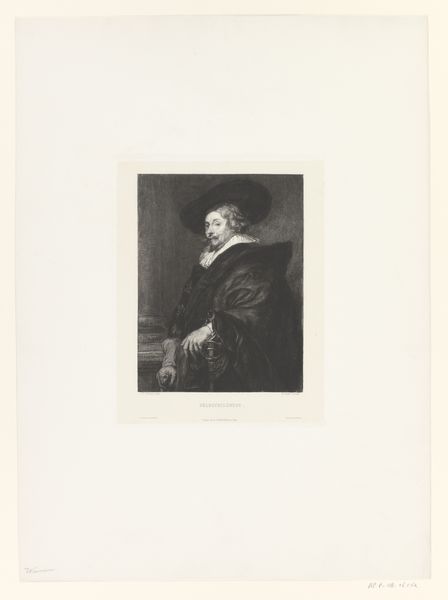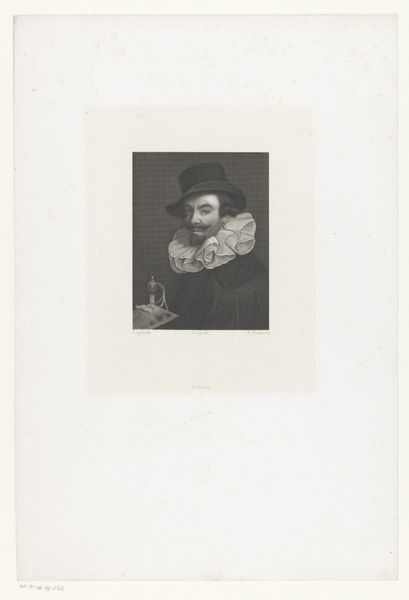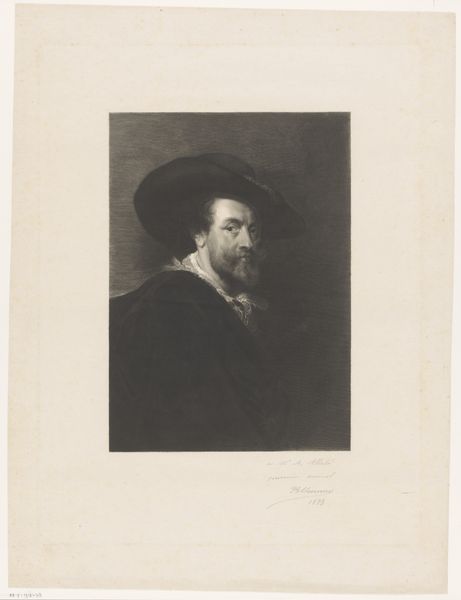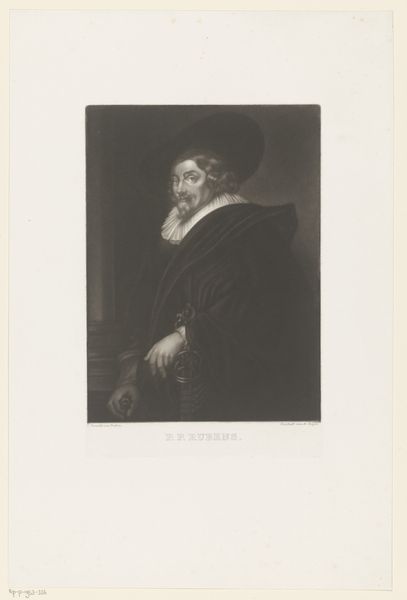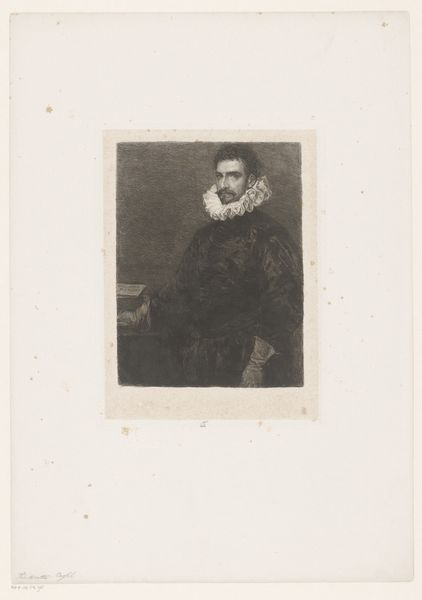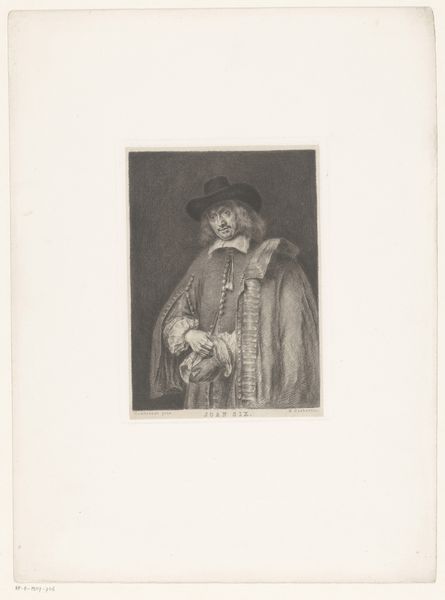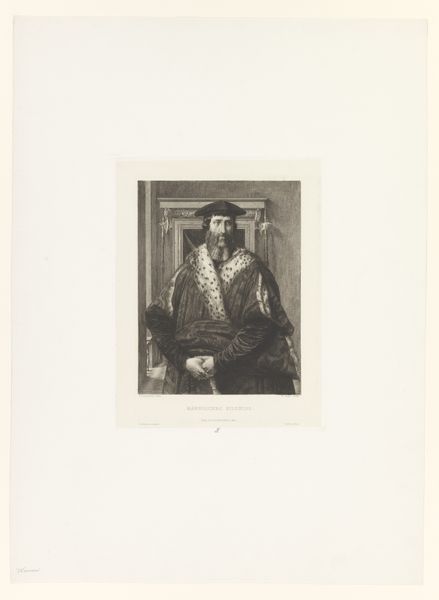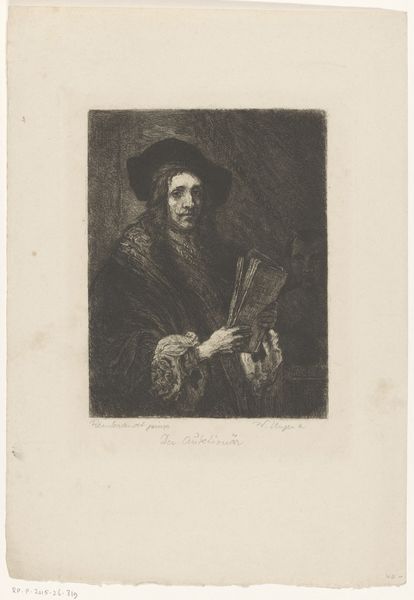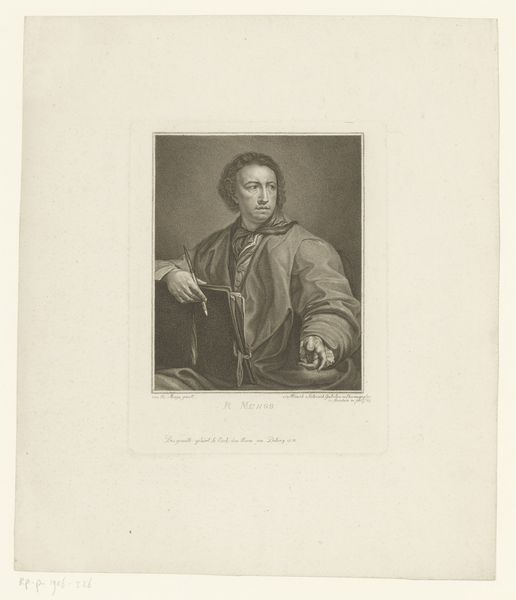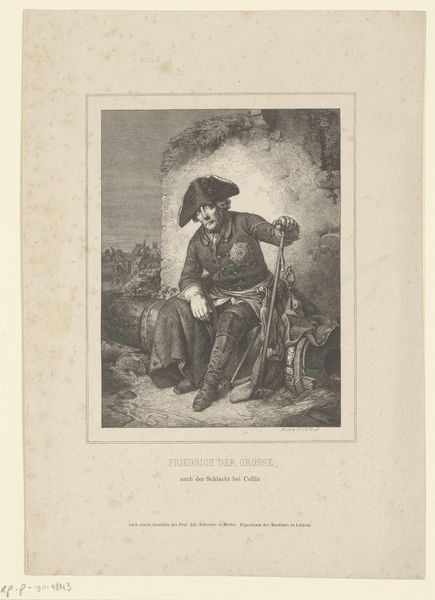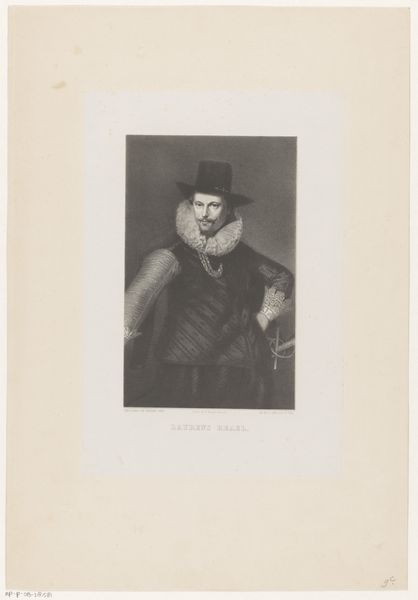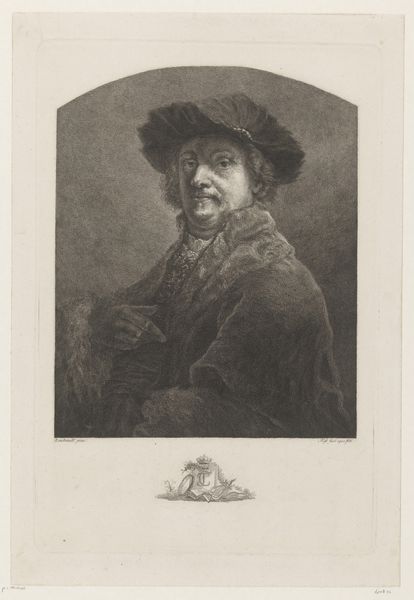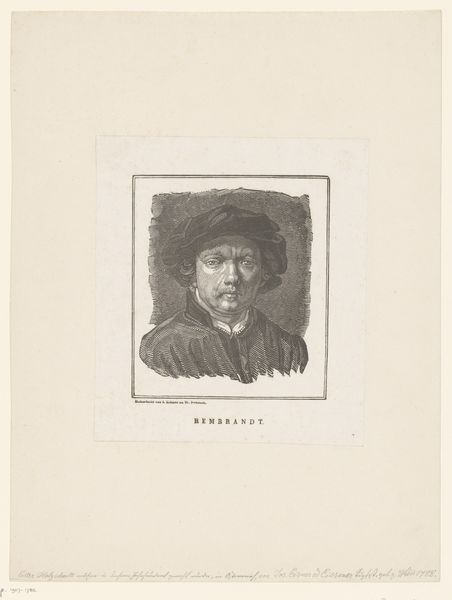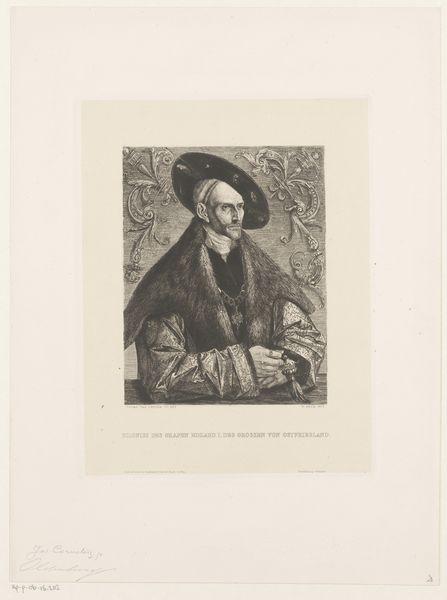
print, engraving
#
portrait
# print
#
engraving
#
realism
Dimensions: height 243 mm, width 183 mm
Copyright: Rijks Museum: Open Domain
Editor: This is William Unger’s “Portret van een onbekende man met papieren,” or “Portrait of an Unknown Man with Papers,” an engraving from between 1875 and 1876. The details created using engraving is astonishing, and it almost looks like an intimate photo. What symbolic weight do you feel this image carries? Curator: Consider the "unknown man" and his papers, the embodiment of intellectual pursuit cloaked in shadow. Engravings, as replicable images, democratized art. The symbolic nature of making art for all highlights a tension between individual identity, power, and anonymity in rapidly modernizing Europe. Don't you find the sitter's fur trimmed coat speaks to class, and that in combination with those books points to a very particular kind of person and psychological intensity, captured across time? Editor: I suppose it does seem rather intentional to make a point of how cultivated this sitter appears. His focused look feels significant. What does his very ‘presence’ recall, if anything? Curator: Images hold immense power, especially in engraving's reproducibility, spreading ideology far and wide. The papers the subject is holding suggests this. The portrait nods to Dutch Masters but pushes forward—revealing a changing world in flux, with more access to learning and cultivation, at least for some. There’s so much conveyed through subtle gradations in monochrome and line. Don't you feel a connection to cultural memory in this realism? Editor: Definitely! Seeing it now makes me think differently about portraiture and realism as cultural objects. Thanks for helping me delve into this. Curator: My pleasure. Looking closely reveals how historical echoes reverberate in visual culture and artistic intention!
Comments
No comments
Be the first to comment and join the conversation on the ultimate creative platform.
